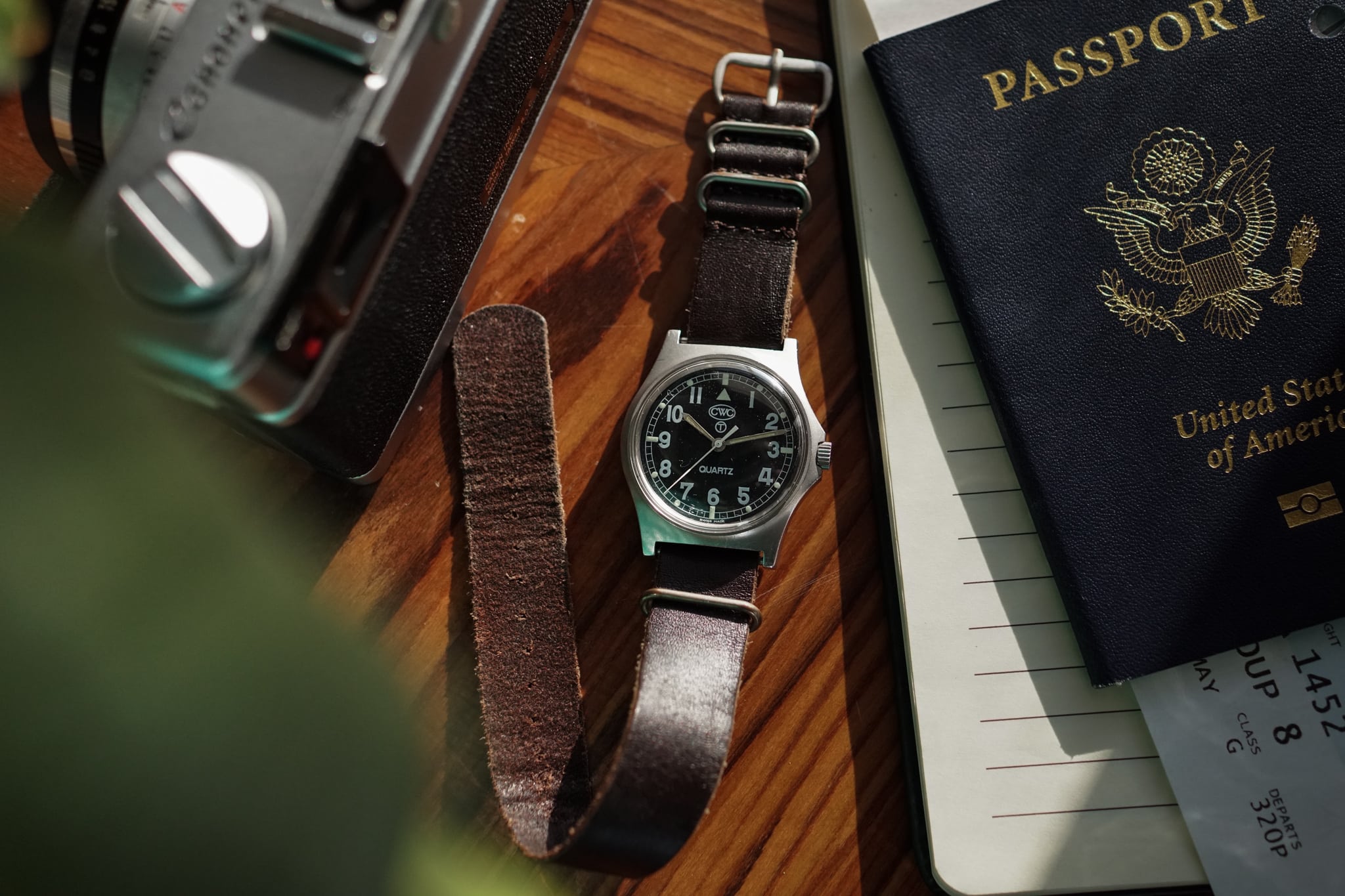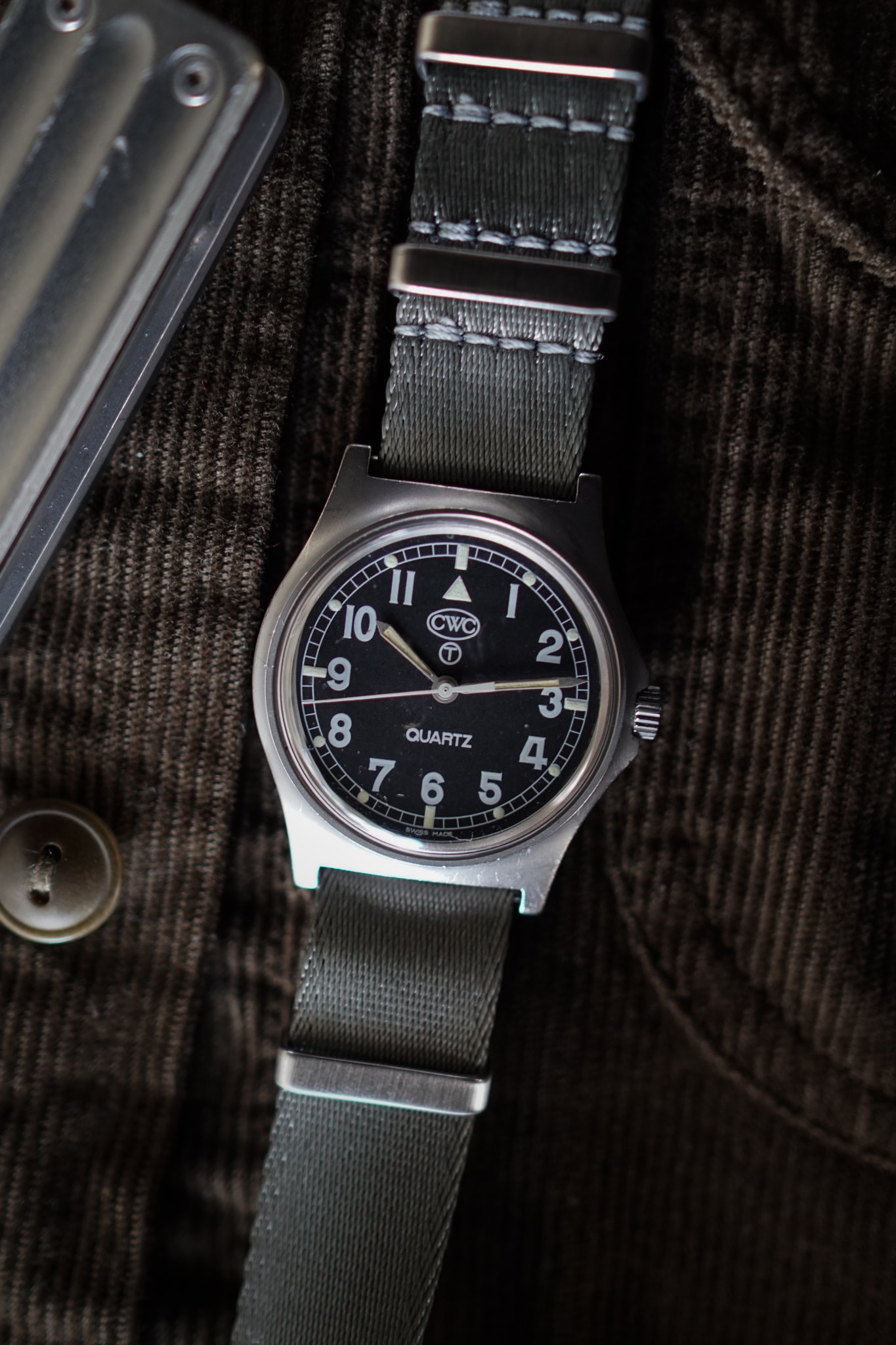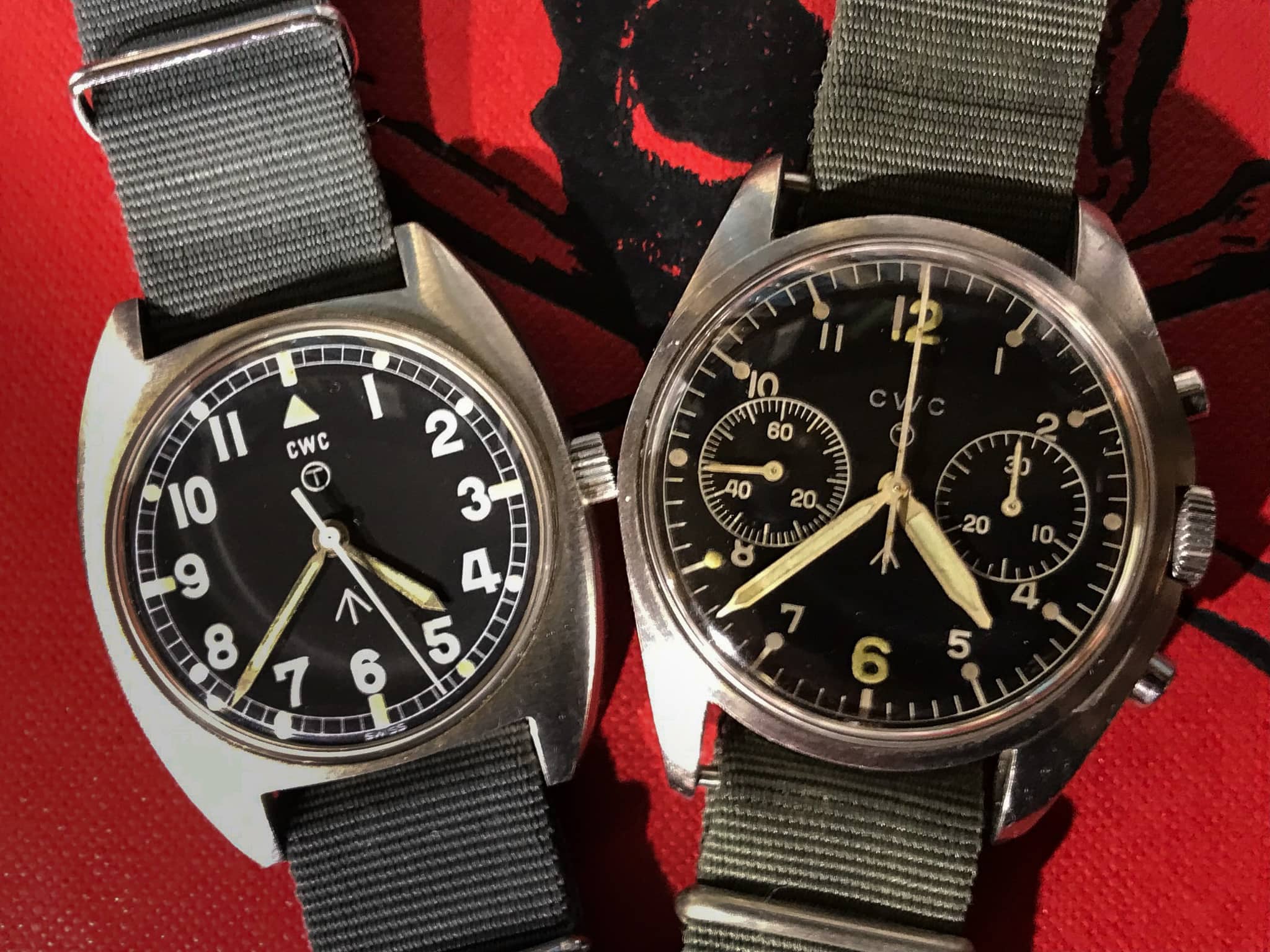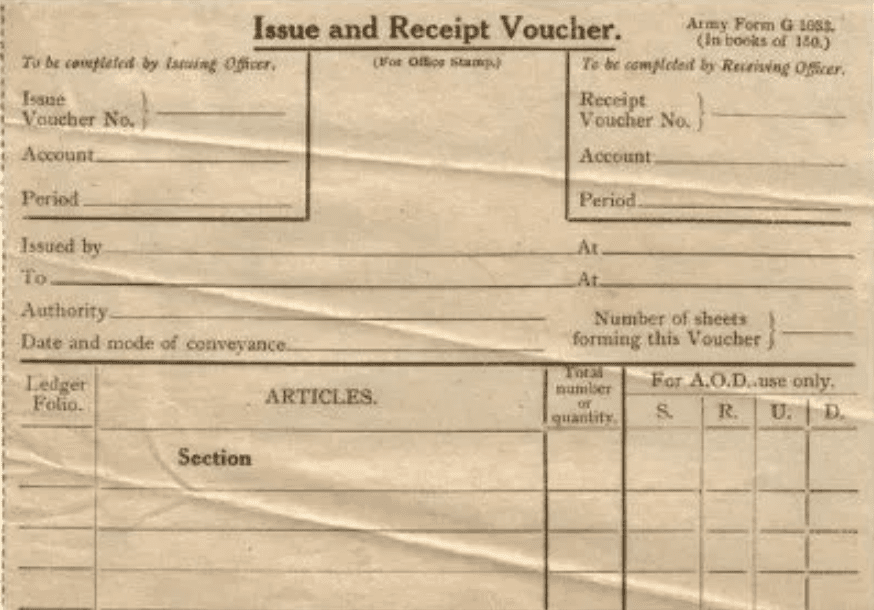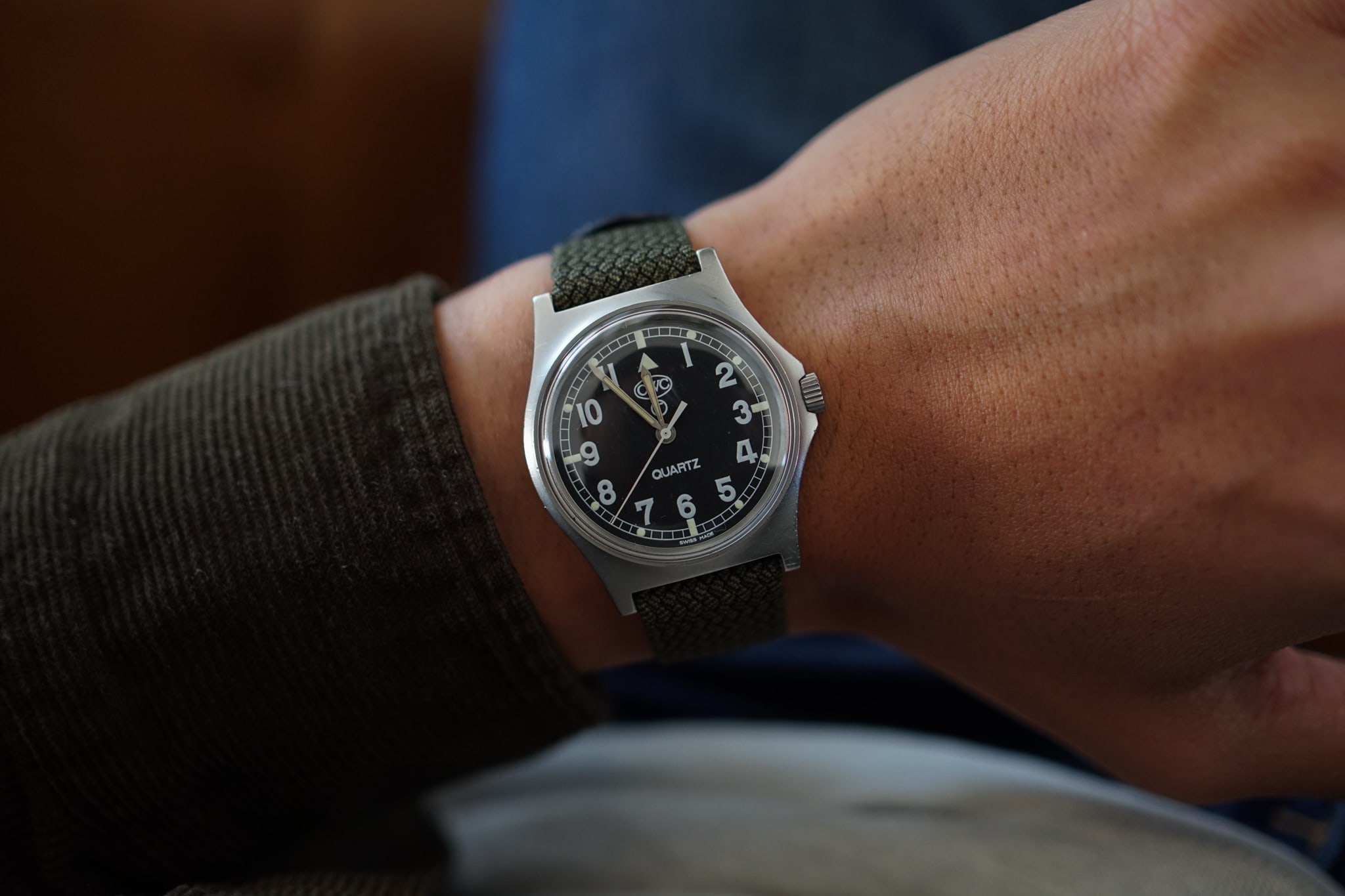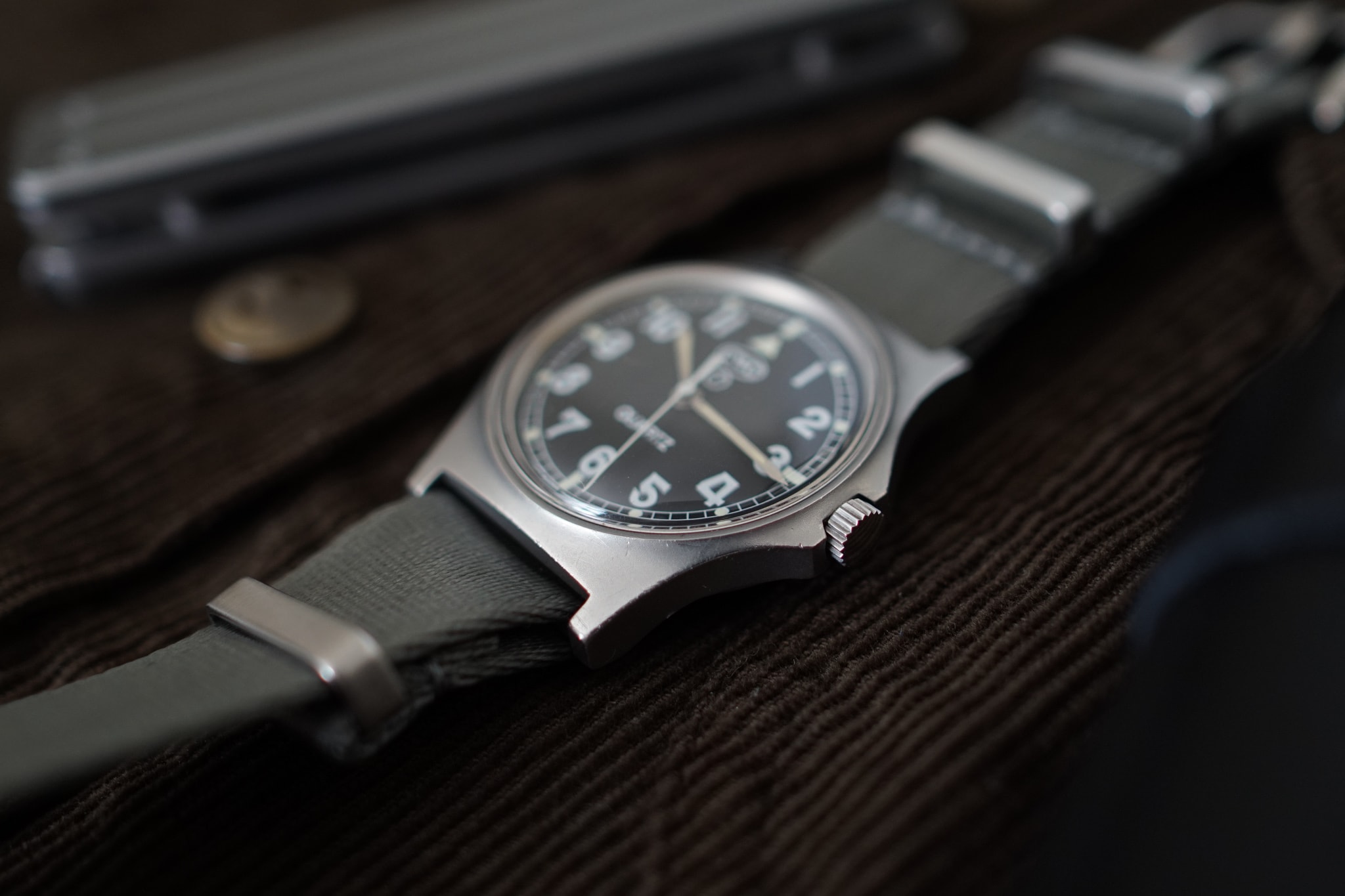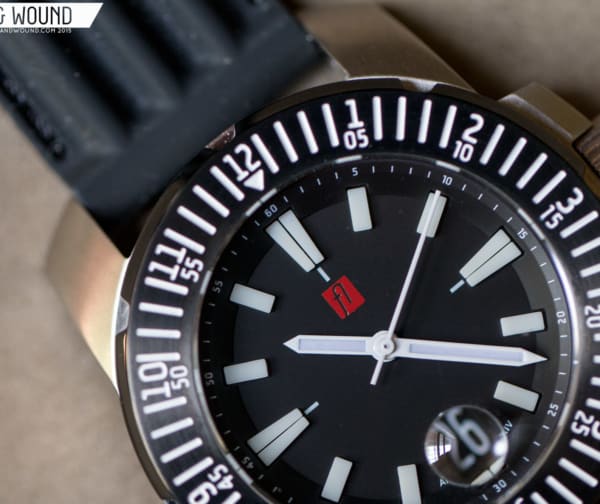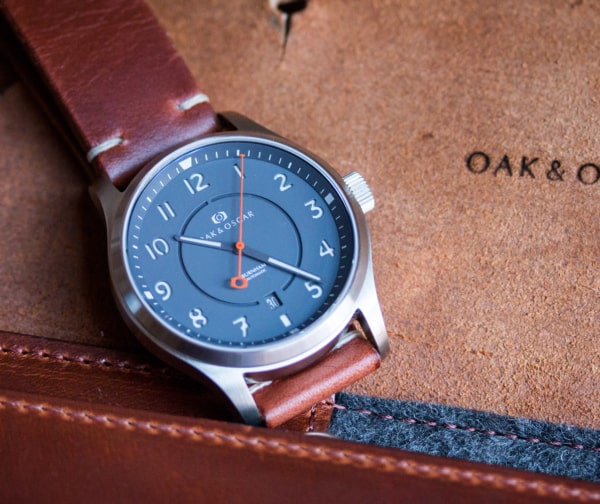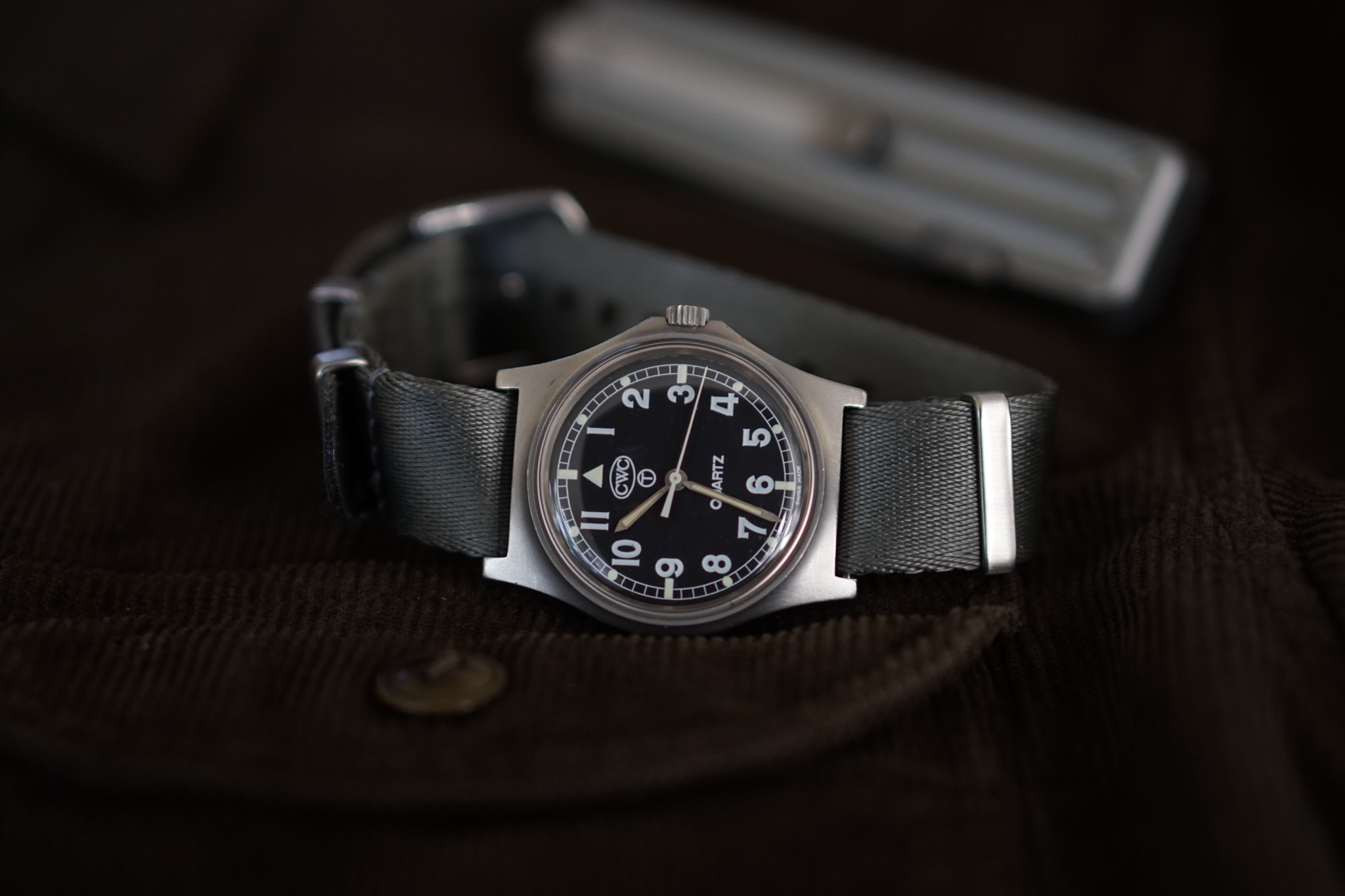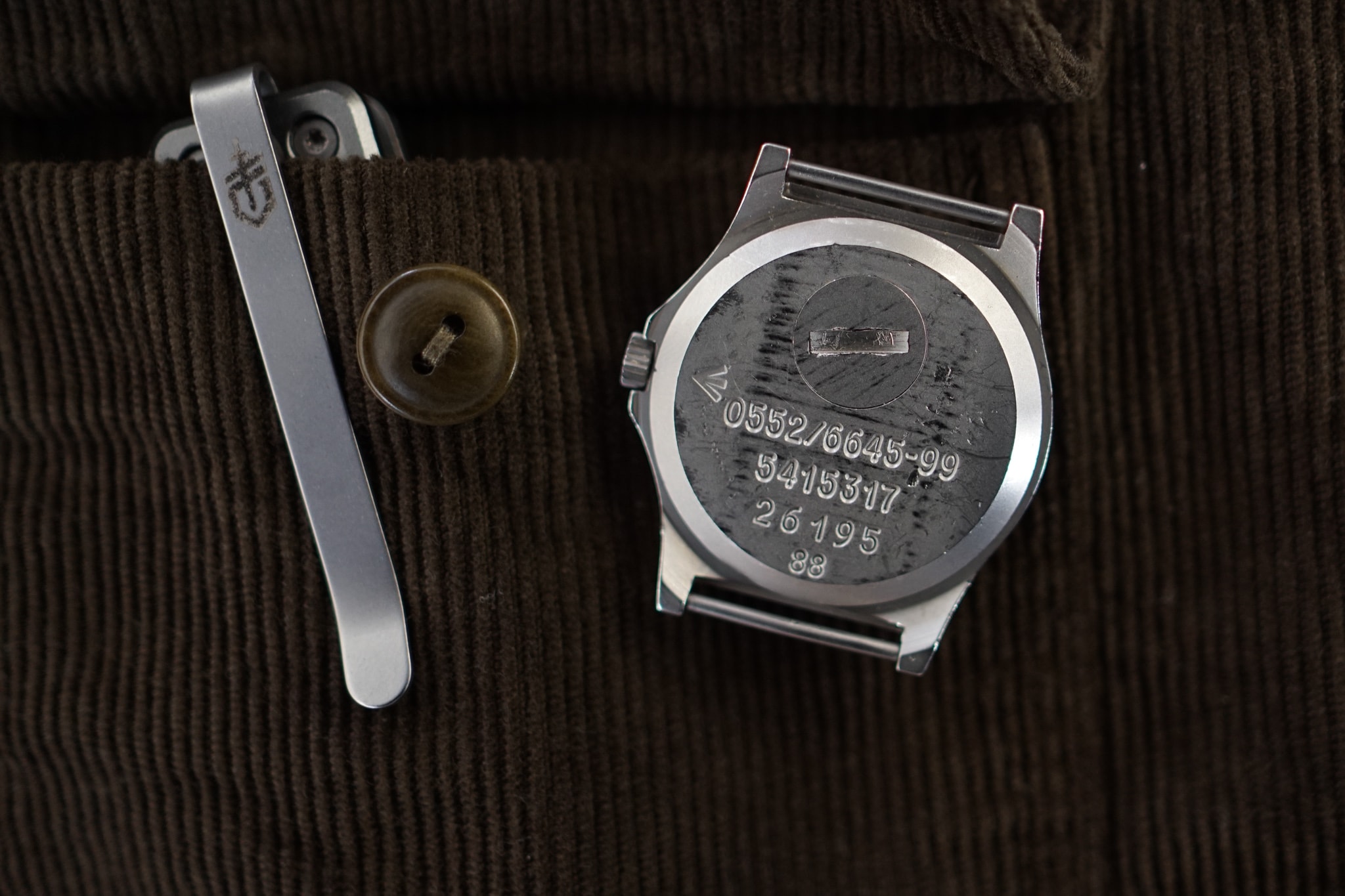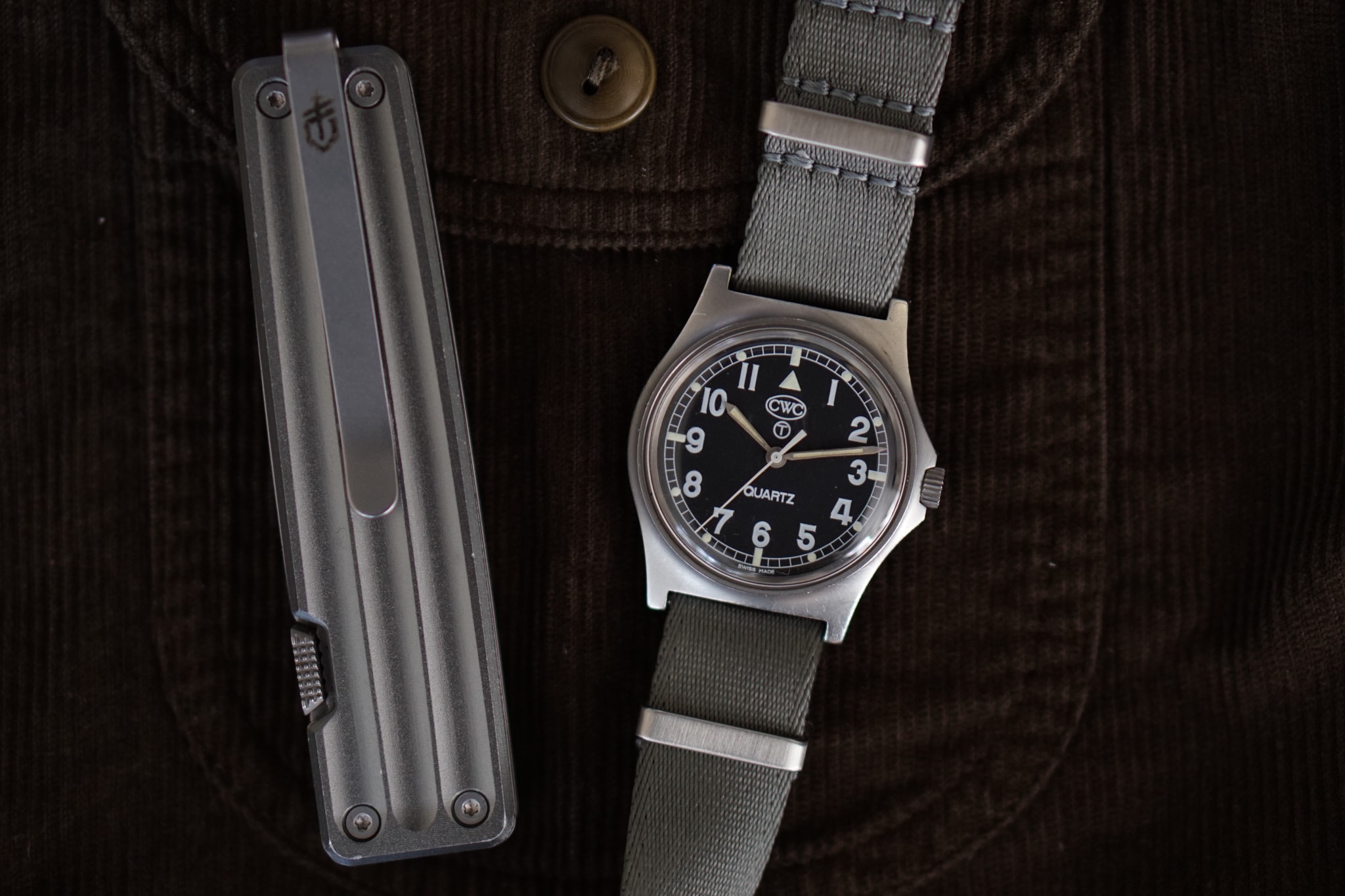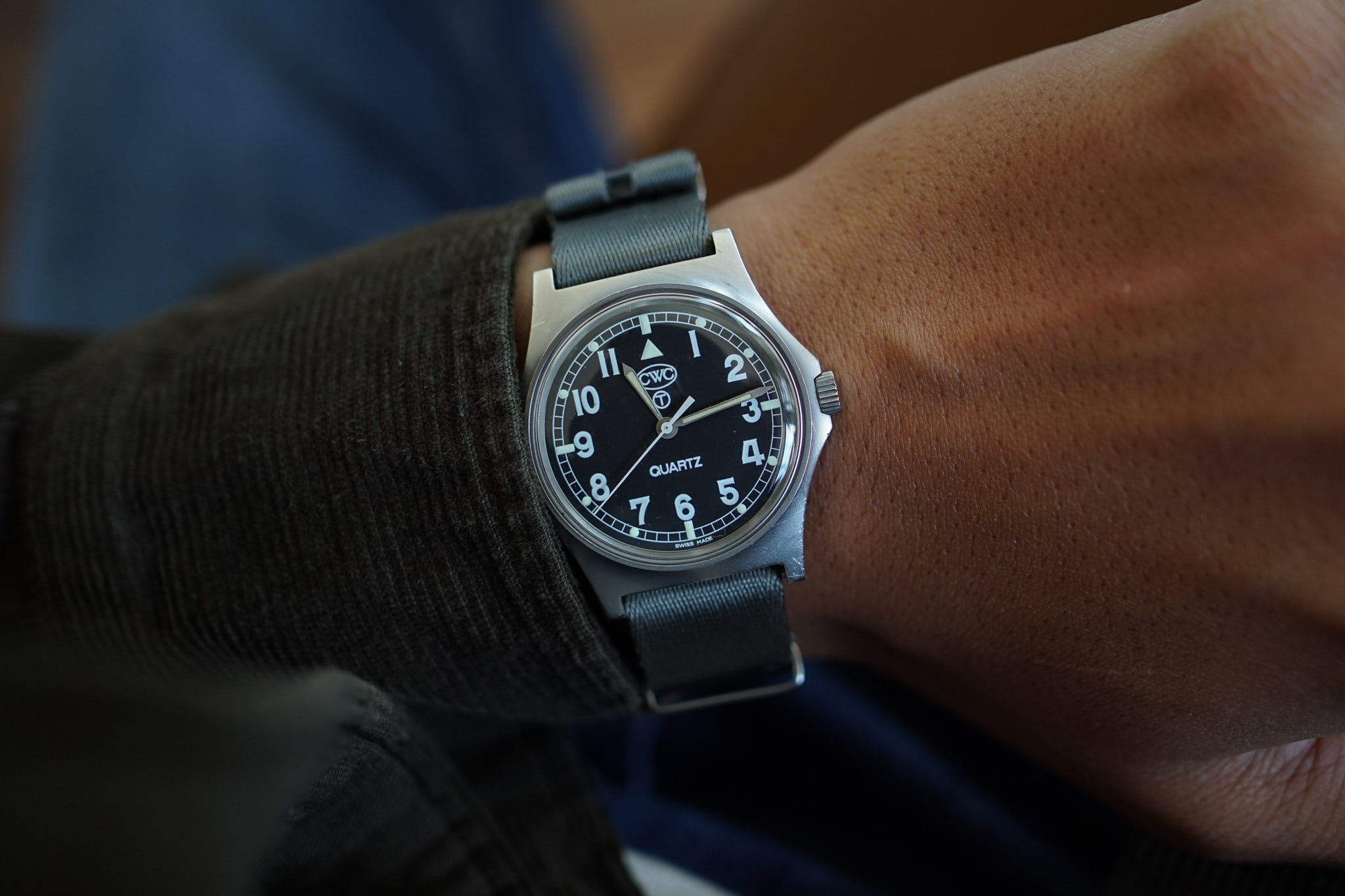It’s been a week and some change since returning from a whirlwind trip to New York for the Wind Up Watch Fair. After settling in at home, currently located in Southern California, I unpacked and half-heartedly put all of my stuff away, including the pair of watches that ended up tagging along for the trip. Naturally, every single watch in the box had the incorrect time, and due to a combination of a rough flight and some post-landing laziness, none would be corrected in short order. Well, there was one piece, seconds hand continuously pausing then ticking around the dial, and reading exact home time: my CWC G10 Quartz watch.
The G10 has been on my wrist ever since, and even made an appearance as my first ever wrist check on the W&W podcast. In a way, this was all just perfect timing. I think the CWC G10 checks off pretty much everything we, editors and readers alike, look for in a watch on Worn & Wound. It’s practical, has a rich brand history, a bit of provenance and with some patience, can be found for a solid price. I feel that this watch continues to fly under the radar, and for the most part, have to explain what the watch is really about when someone asks what’s on the wrist. Well, let me try my best to put everything together, into one simple, and hopefully digestible read, here in my Owner’s Review for the CWC G10 Quartz.









 Featured Videos
Featured Videos




